Imagine waking up with a nagging knee pain that makes even the simplest tasks seem daunting, or being an athlete striving to push your limits but constantly held back by tight calves and strained tendons. Picture the daily struggle of battling stiffness and reduced mobility.
It’s clear that whether you're battling chronic pain, recovering from an injury, or simply looking to enhance your fitness routine, these challenges are all too common. Across diverse lifestyles and fitness levels, there's one tool that stands out for its ability to address these issues.
The slant board is an angled platform with a grip tape on top that elevates the heels higher than the toes.
It offers a unique way to perform lower body exercises and stretches. From providing relief for those with knee problems, aiding athletes in their training, and supporting those who aim to maintain an active lifestyle, the versatility of slant boards is unparalleled.
In this article, we will delve into the various benefits of slant boards, explore who can benefit from their use, and provide insights on selecting the right slant board to meet your specific needs.
Understanding Slant Boards
Slant boards are flat wooden platforms with a triangular profile, angled at 30 degrees, that elevate the heels higher than the toes when standing. The surface is covered with a strong grip tape to prevent slipping during exercises.
Slant boards are widely recognized for their benefits in addressing knee problems and enhancing lower-body workouts. By altering the angle of your feet, a slant board helps in targeting specific muscle groups more effectively, especially the quadriceps and calves. This makes it a valuable tool for both rehabilitation and strength training.
Slant boards users to perform a range of exercises and stretches that can improve flexibility, balance, and overall lower body strength. Whether you’re an athlete looking to boost performance or someone dealing with knee pain, a the best slant board can be a practical solution for achieving your fitness goals.
Benefits of Slant Boards
If you're a slant board guy, you know how that the best slant boards offer several significant benefits, particularly for those with knee pain or mobility issues. One notable advantage is their ability to strengthen the knee joint, thereby reducing the risk of injury and alleviating existing pain.
Studies have shown that using a slant board for slow, eccentric movements can be highly effective in managing patellar tendinopathy, a common knee condition. Additionally, the best slant board can help improve overall mobility and flexibility - just make sure the one you get is reinforced and is equipped with high quality grip tape.
The one we developed might be the best slant board created. It's more than just a bunch of wooden boards with a grip tape on top, they're reinforced four times for insane strength.
By targeting the Achilles tendon and calf muscles, slant boards enhance the range of motion, making it easier to perform deep squats and other lower-body exercises. This increased flexibility is beneficial for athletes and fitness enthusiasts aiming to maximize their performance.
Whether you are recovering from an injury or looking to improve your workout efficiency, incorporating a slant board into your routine can offer substantial improvements in strength, balance, and flexibility.
Who Can Benefit From The Slant Board?
Fitness Enthusiasts
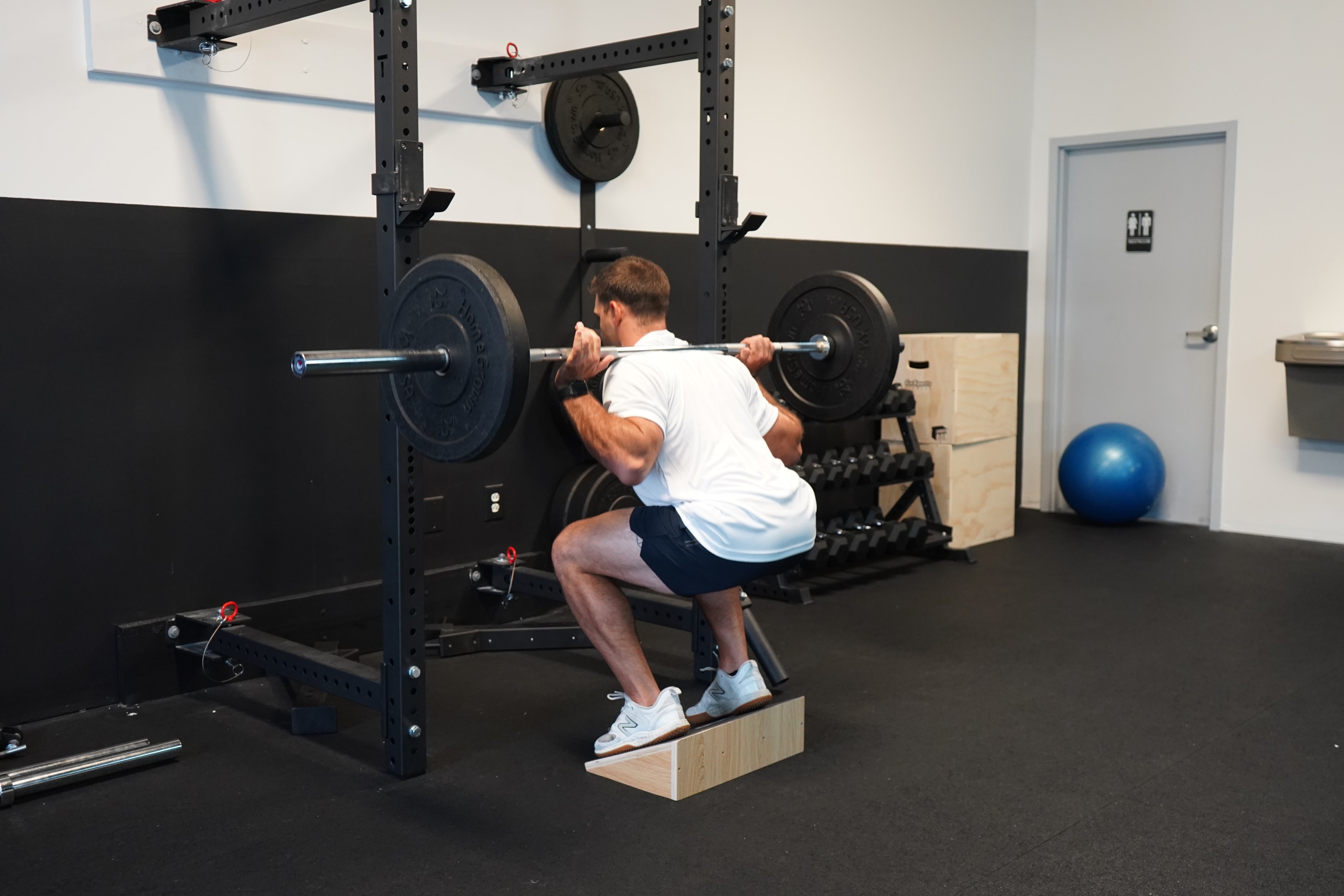
Fitness enthusiasts will find the best slant boards invaluable additions to their exercise toolkit. The unique angle of the slant board allows users to perform a variety of lower body exercises, such as squats, lunges, and calf raises, with improved form and effectiveness.
This can lead to better muscle engagement and development, particularly in the quadriceps and calves. Additionally, the slant board can help in achieving deeper stretches, enhancing flexibility and reducing the risk of injury.
For those looking to elevate their fitness routines, incorporating even a budget slant board can provide a fresh challenge and stimulate new muscle growth. The versatility of the slant board makes it suitable for a range of fitness levels, from beginners to advanced athletes.
By using a slant board, fitness enthusiasts can optimize their workouts, achieve better results, and maintain a balanced, injury-free training regimen.
Individuals with Knee Pain
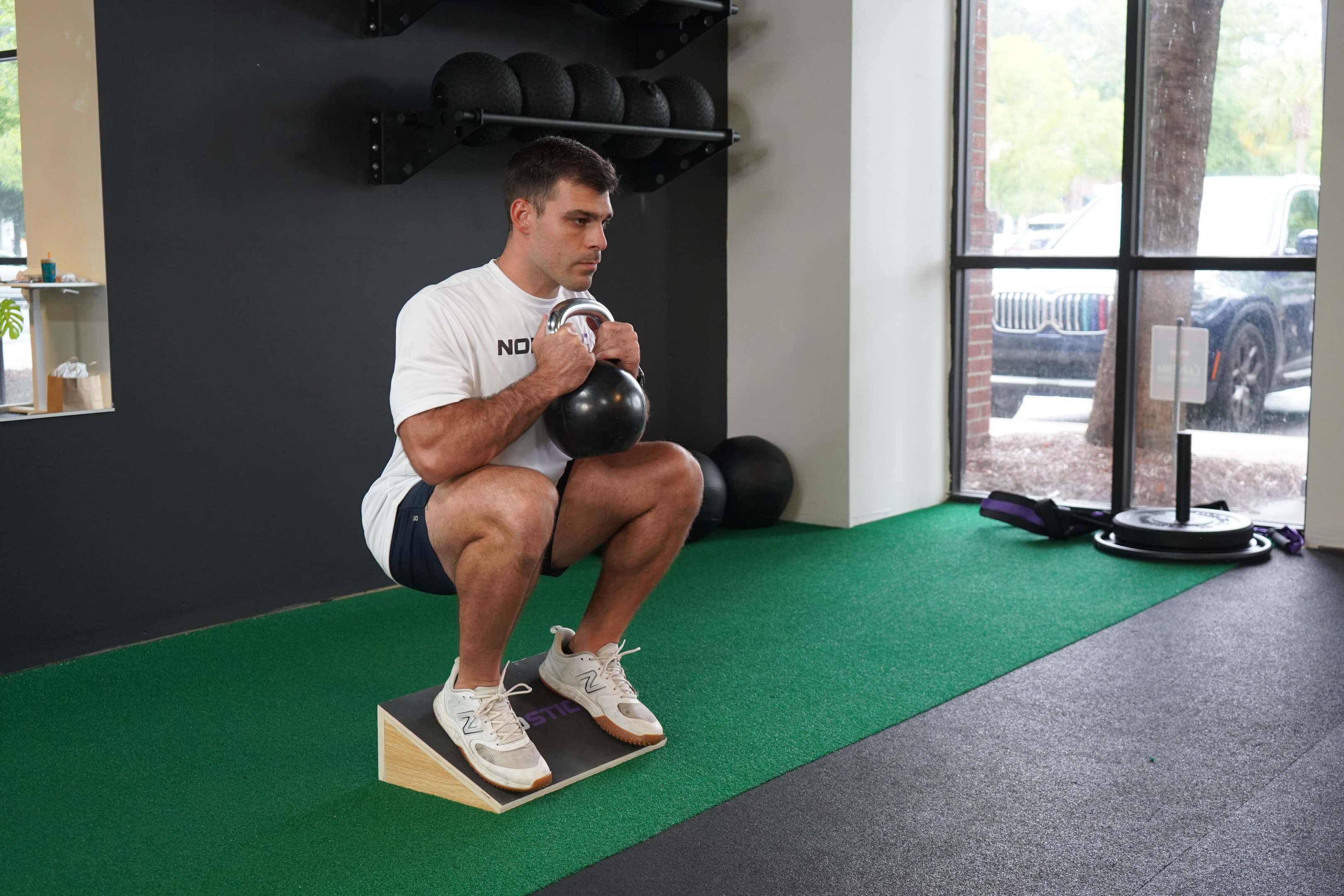
Individuals suffering from knee pain can significantly benefit from using a slant board. The design of the best slant board allows for targeted exercises that strengthen the knee joint, reducing pain and preventing further injury.
By performing controlled, eccentric movements, users can alleviate symptoms of conditions like patellar tendinopathy. The slant board also promotes better alignment and balance during exercises, which helps in distributing load more evenly across the lower body. This reduces strain on the knees and enhances overall joint stability.
Furthermore, the slant board can improve flexibility in the calves and Achilles tendons, which indirectly supports knee health by allowing for a greater range of motion. Incorporating a slant board into a rehabilitation routine or regular workout can lead to faster recovery and long-term knee health.
For those struggling with knee pain, the slant board offers a practical and effective solution to regain ankle mobility and strength.
People Who Sit All Day
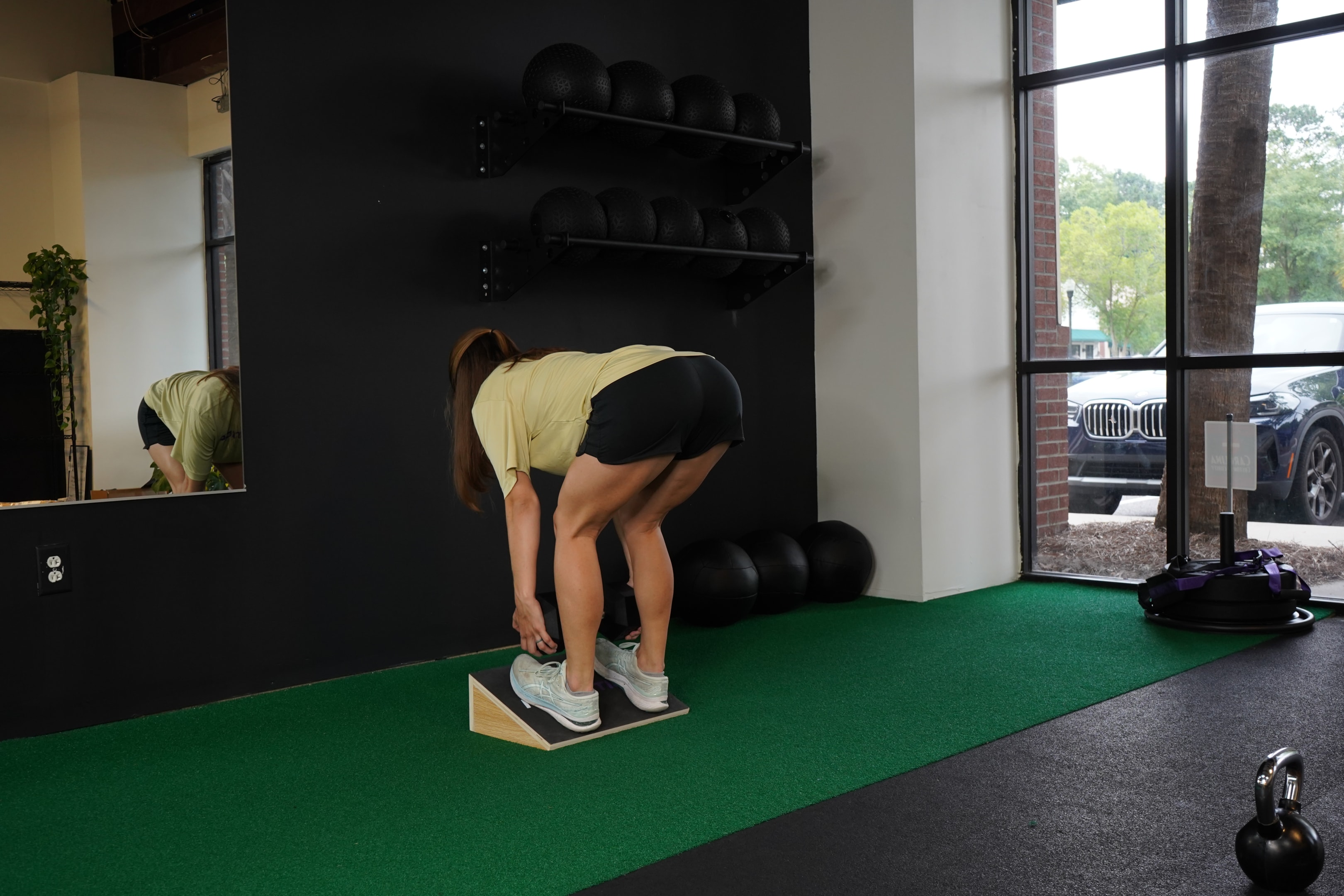
Whether due to work or lifestyle, people who sit most of the time often experience tightness and reduced mobility in their lower body. Using a slant board can help counteract these effects by promoting better posture and flexibility.
The slant board allows for effective stretching of the calves, hamstrings, and Achilles tendons, which can become shortened and tight from prolonged sitting. Incorporating slant board exercises into a daily routine can help alleviate lower back pain and improve circulation.
Additionally, the slant board encourages users to engage in movements that strengthen the legs and core, helping to offset the negative impacts of a sedentary lifestyle.
By integrating slant board stretches and exercises, individuals who sit for long periods can maintain better muscle balance and overall mobility. This can lead to improved comfort and reduced risk of injury, making the slant board a valuable tool for enhancing well-being in sedentary individuals.
Runners
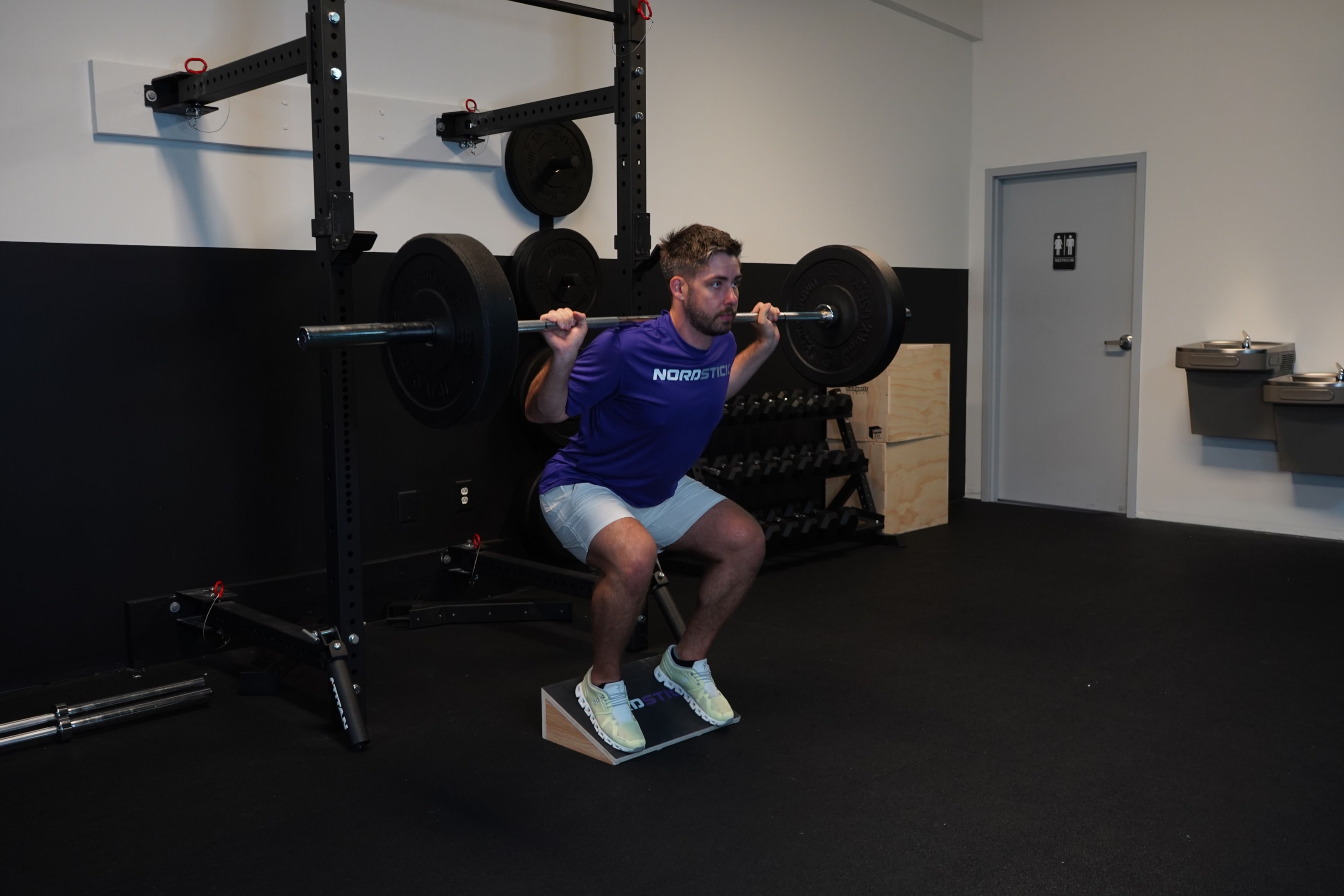
The repetitive impact of running can lead to tight calves and Achilles tendons, which can increase the risk of injury. A slant board provides an effective way to stretch and strengthen these critical areas, enhancing overall flexibility and reducing the likelihood of strain.
By using a slant board for exercises and stretches, runners can improve their calf and ankle mobility, allowing for a more efficient and powerful stride. Additionally, the strengthened muscles and tendons contribute to better shock absorption, which can help prevent common running injuries such as shin splints and Achilles tendinitis.
Regular use of a slant board can also aid in quicker recovery post-run by promoting better blood circulation and muscle relaxation. For runners aiming to optimize performance and minimize injury risk, a slant board is an essential training tool.
Slant Board Exercises and Uses
Squats and Quad Engagement
Slant boards are particularly effective for enhancing squat performance and quad engagement. The elevated heel position provided by the slant board allows for a deeper squat with better form, reducing the load on the hamstrings and glutes while emphasizing the quadriceps. This is especially beneficial for those who like squatting with knees over toes to build stronger, more resilient knees.
Using a slant board during squats helps keep the torso in a more upright position, enabling better alignment and reducing the risk of injury. This positioning also allows for greater muscle activation in the quads, leading to more effective strength development.
Whether you are rehabilitating from an injury or aiming to enhance your lower body strength, incorporating slant board squats into your workout routine can provide substantial benefits in terms of muscle engagement, balance, and overall knee health.
Calves and Achilles Training
Training the calves and Achilles tendons with a slant board can be highly effective in enhancing strength and flexibility in these critical areas.
The angled surface of the slant board allows for deep, targeted stretches that can improve mobility and reduce stiffness. When standing on the slant board in an upright position with heels towards the floor, the calves are placed in a stretched position, promoting better flexibility and range of motion. This is particularly beneficial for athletes and individuals who experience tightness in the lower leg muscles.
Additionally, performing exercises such as calf raises on a slant board can enhance muscle activation and strength in the calves, leading to improved performance in activities that require explosive power and stability. Regular training on a slant board can also help prevent injuries such as Achilles tendinitis by promoting better tendon elasticity and resilience.
Conclusion
Throughout this article, we've explored the myriad benefits that slant boards offer across different user groups. Whether you’re an athlete seeking to improve your performance, someone dealing with chronic knee pain, a sedentary worker hoping to combat stiffness, the slant board is a versatile and effective tool.
We've delved into its potential for enhancing lower body strength, flexibility, and overall mobility, showcasing how it can fit into varied fitness routines and rehabilitation programs.
Isn't it time to take control of your fitness and well-being?
Don't let knee pain, tight muscles, or mobility issues hold you back any longer. Invest in your health today with our Slant Board. Experience the benefits firsthand and see how this simple yet effective tool can transform your exercise routine and daily comfort.
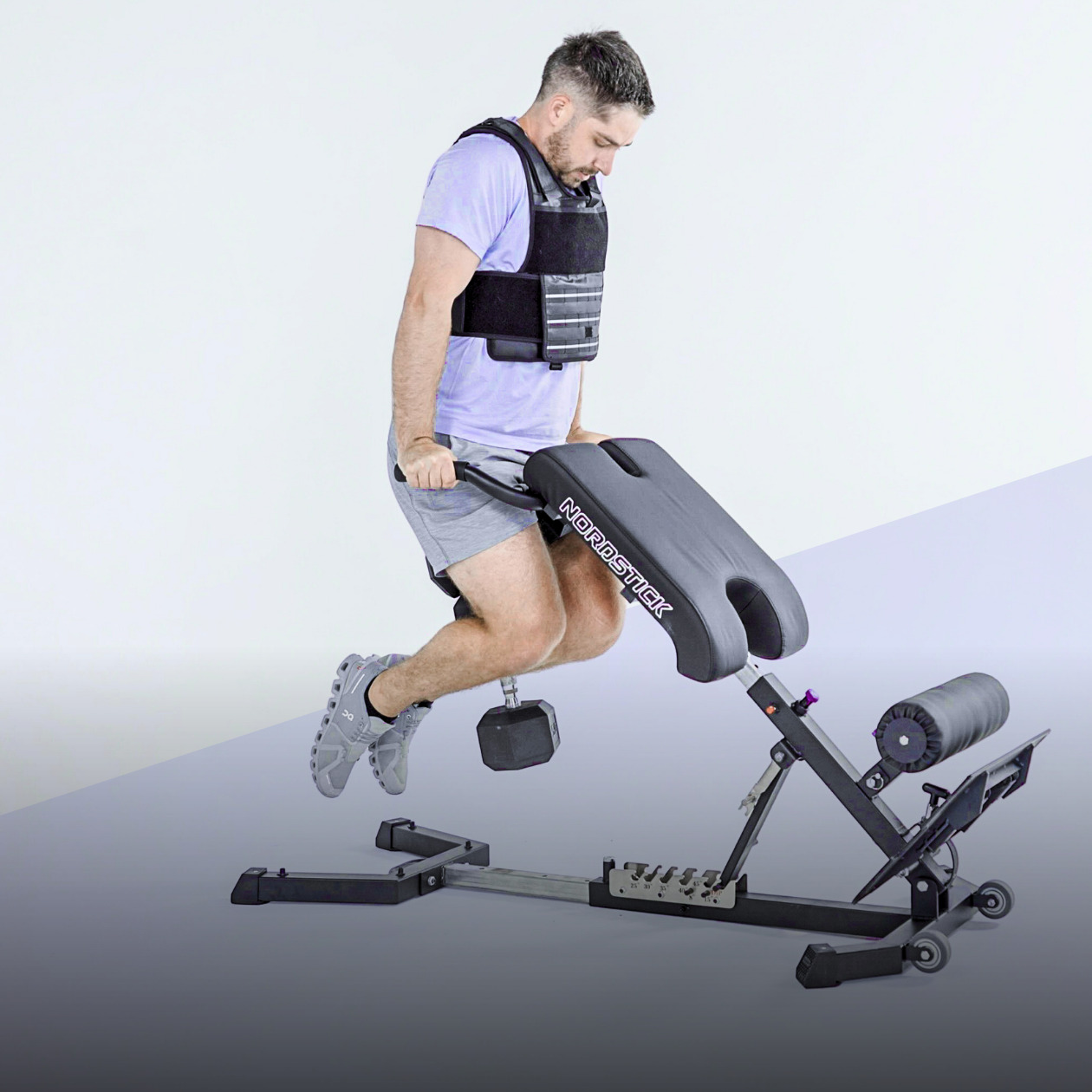

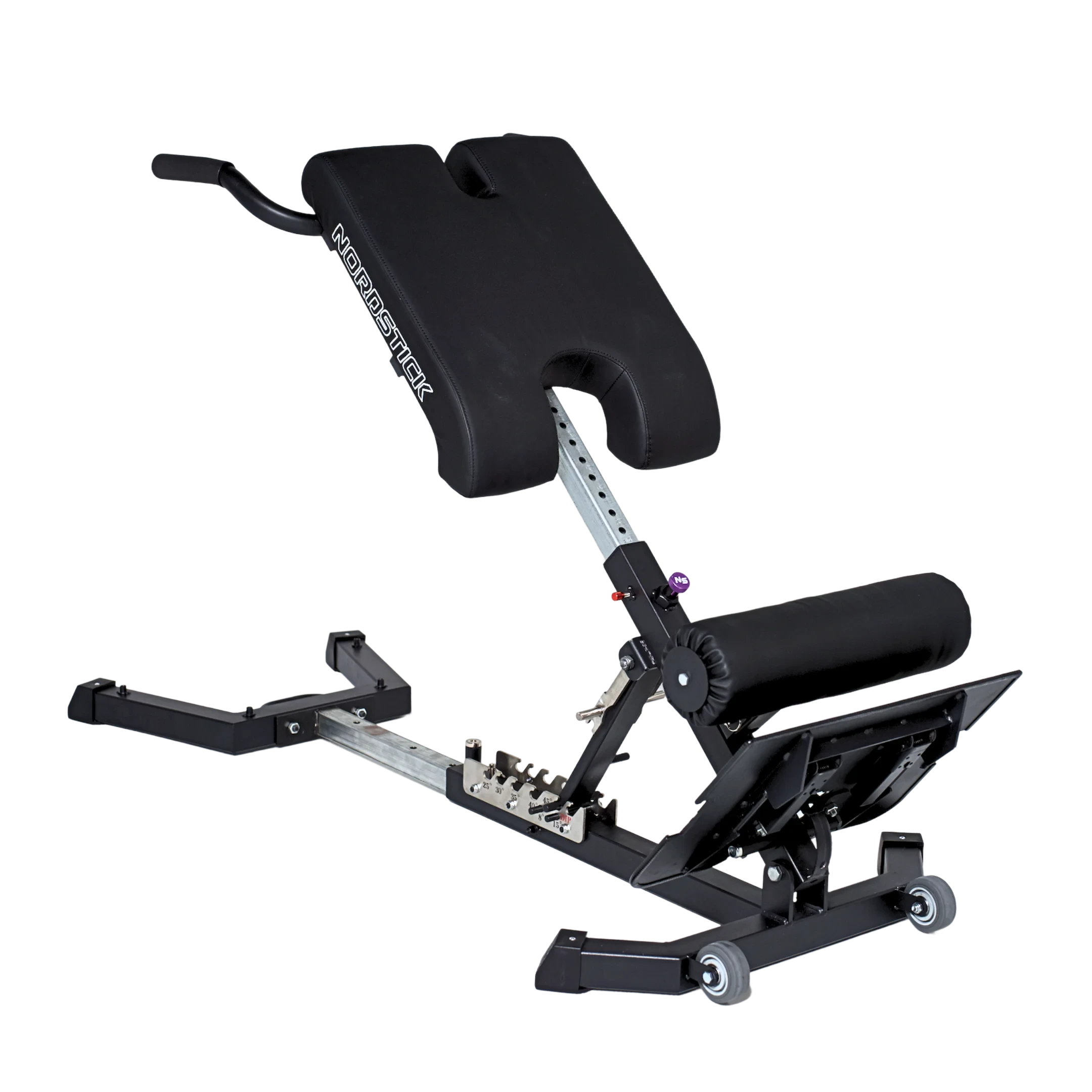
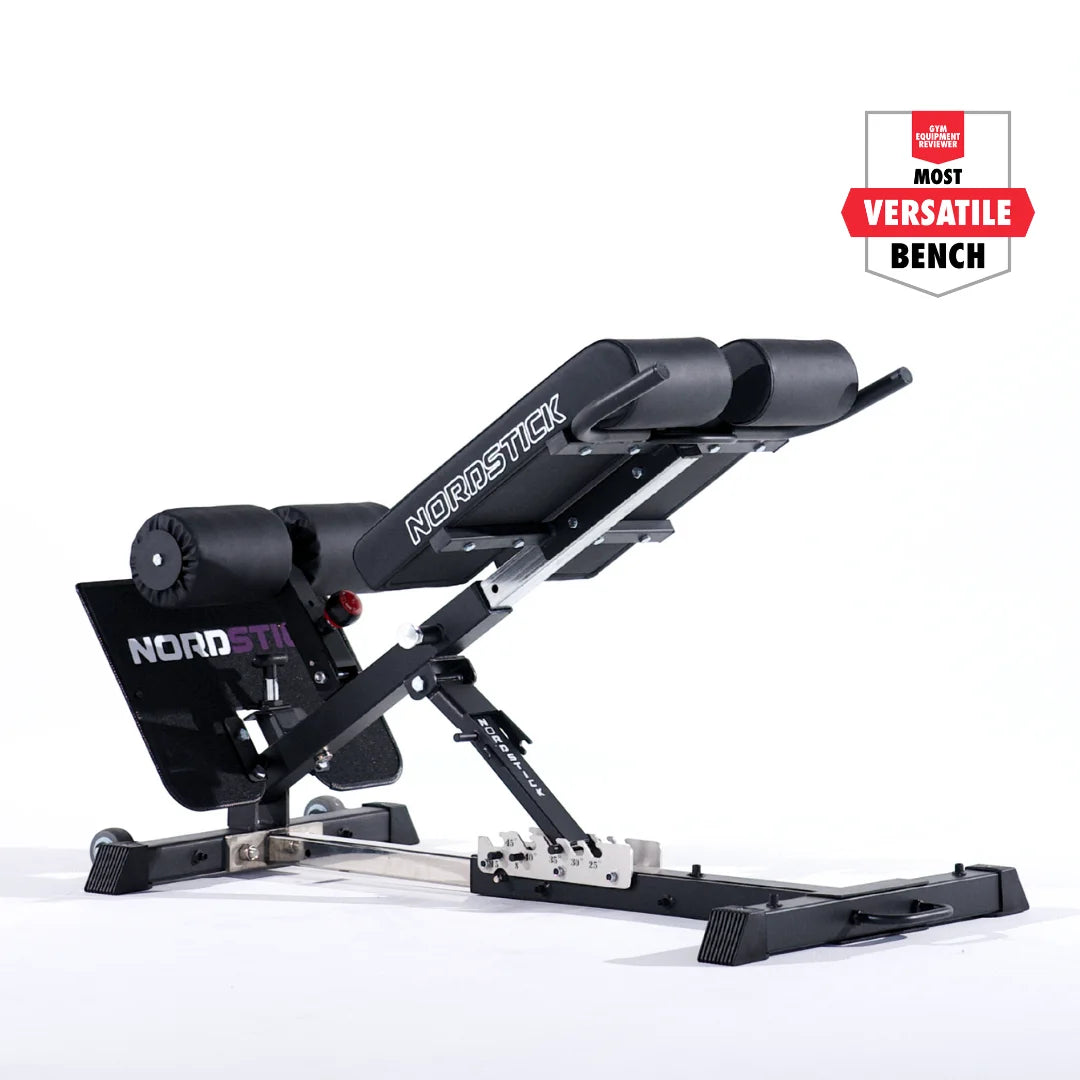





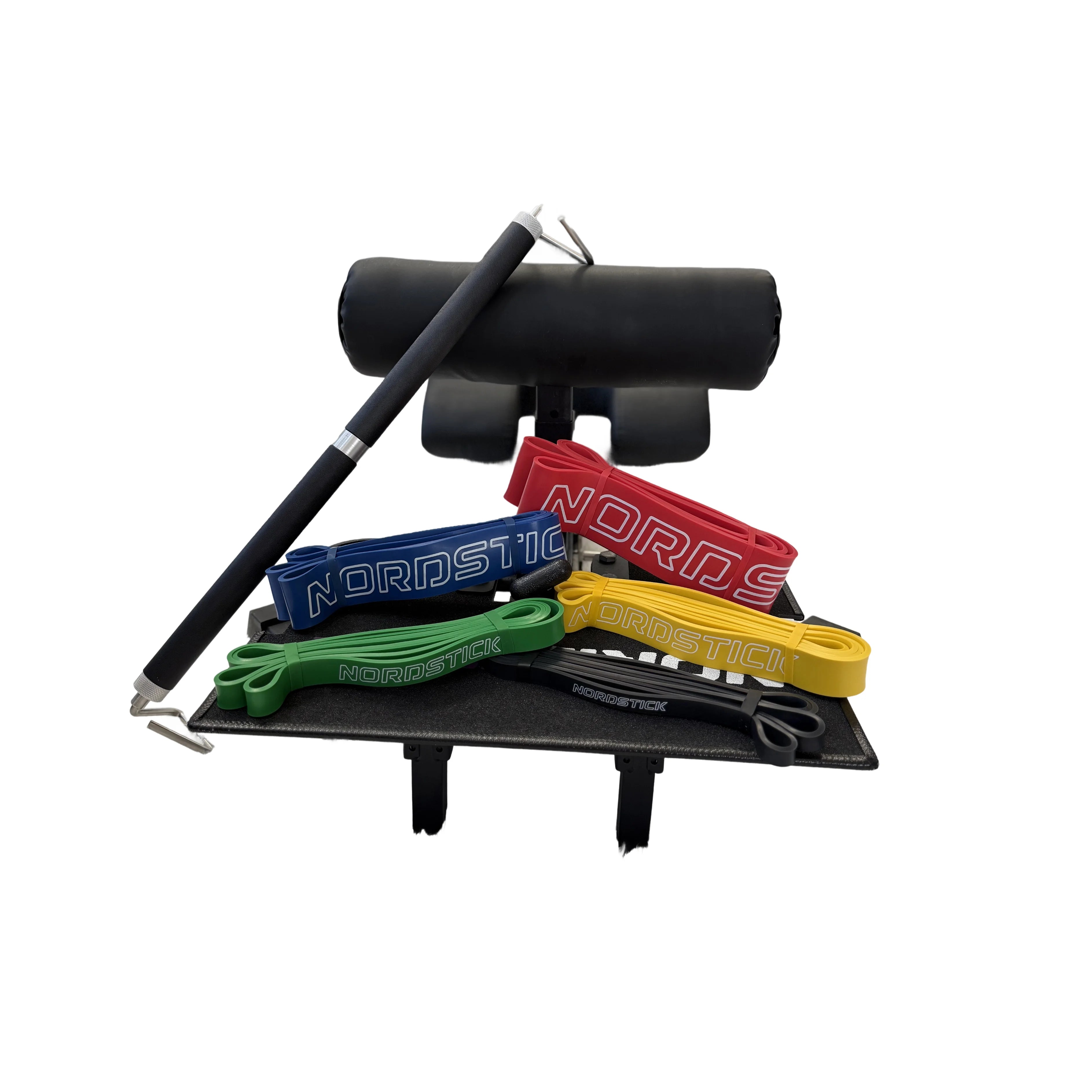

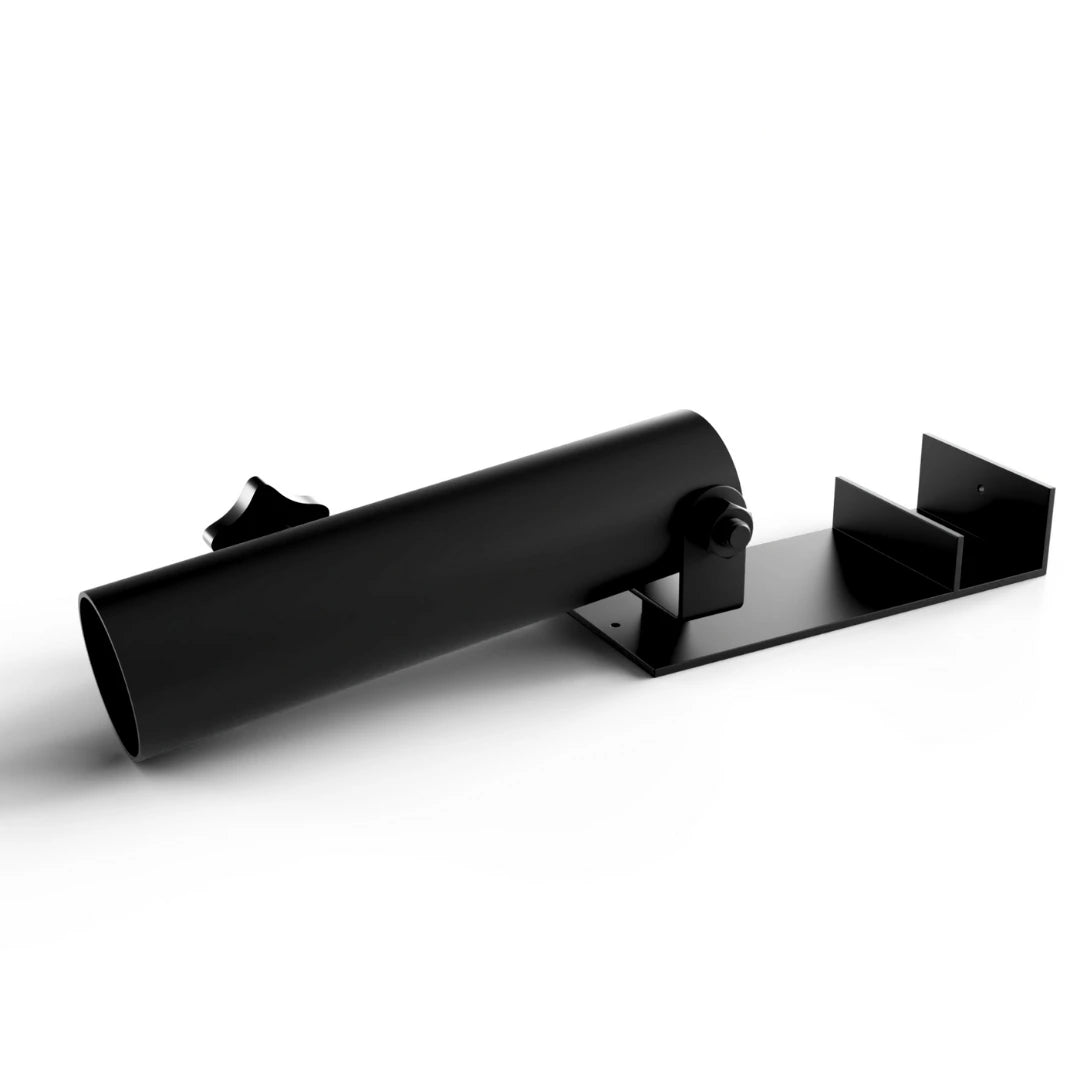
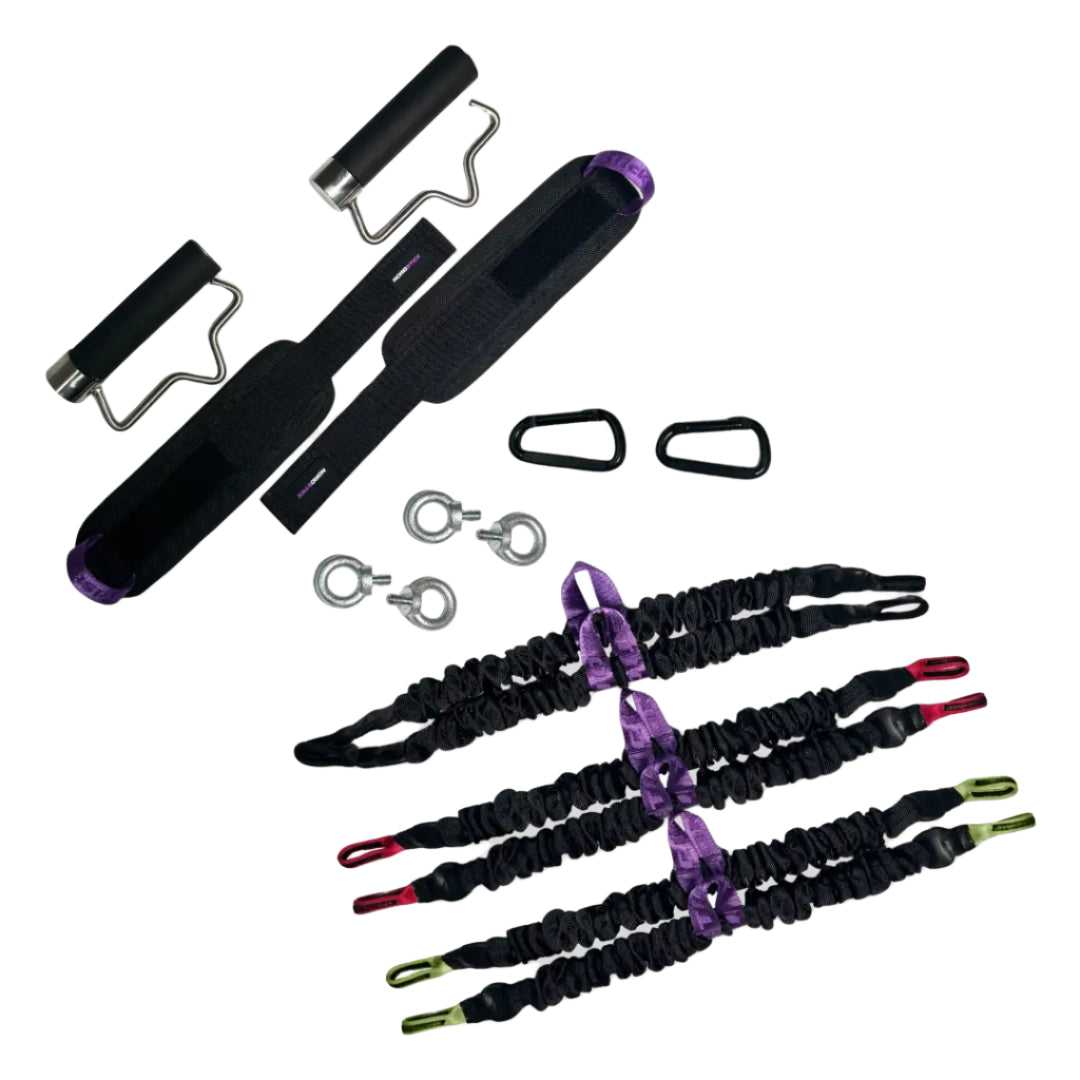




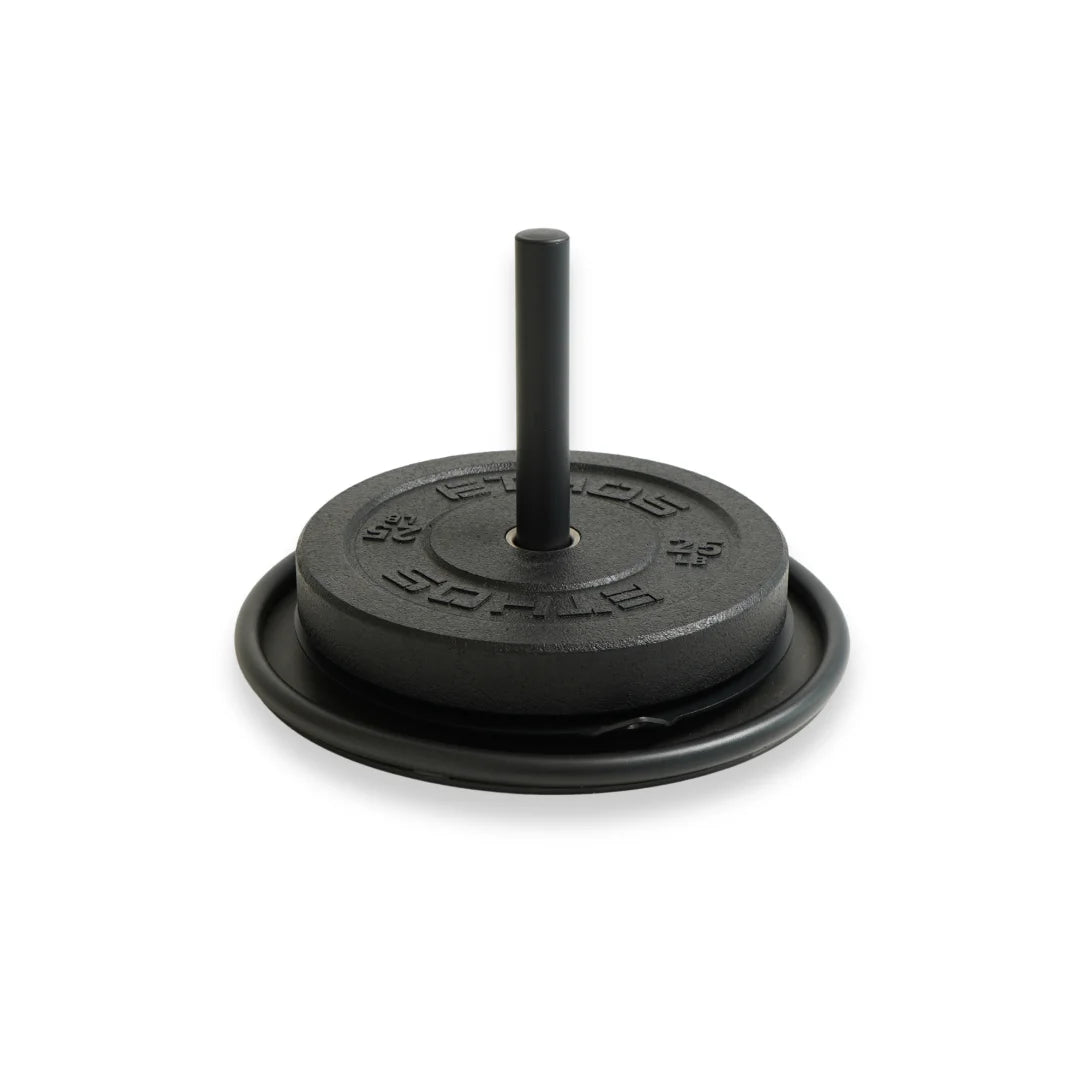
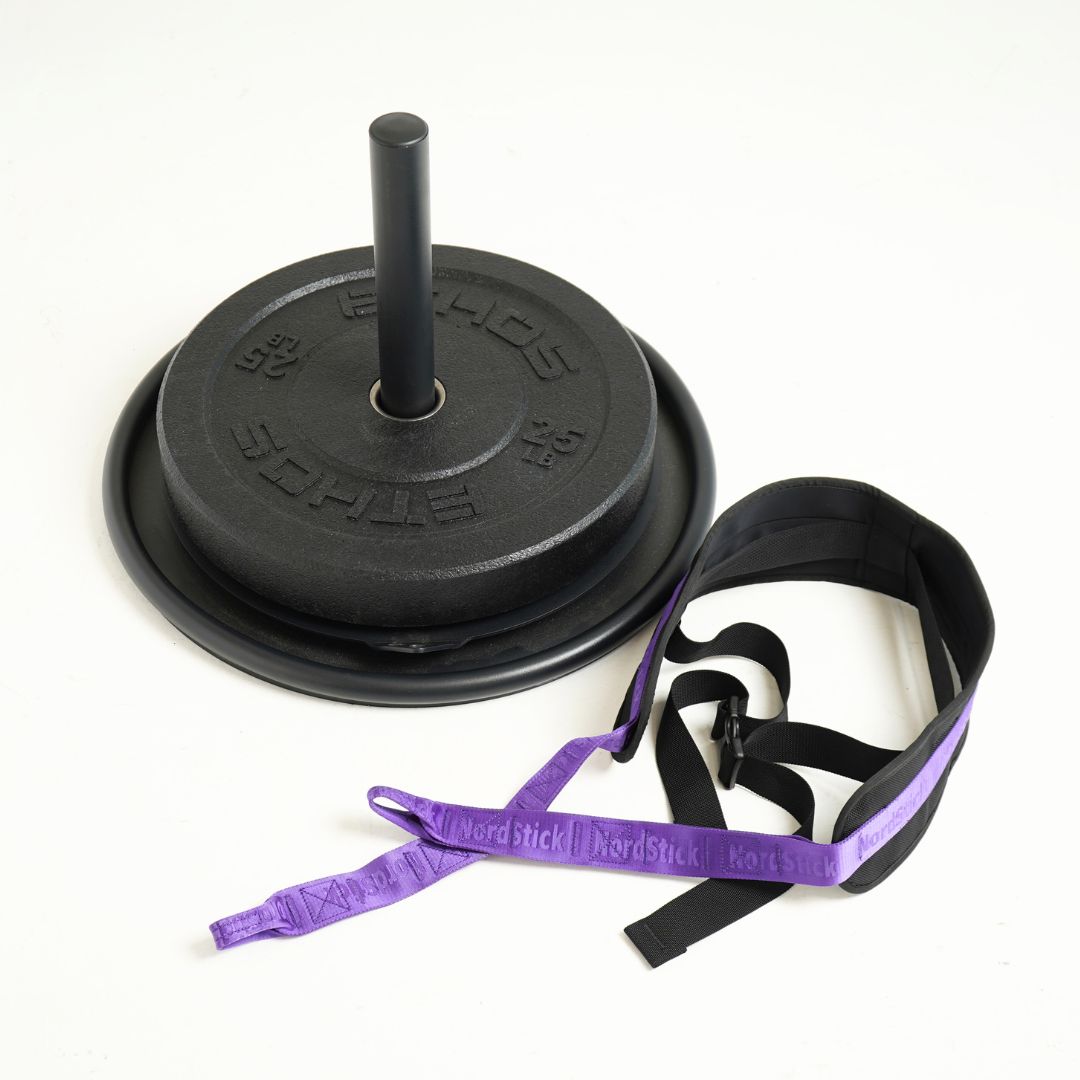
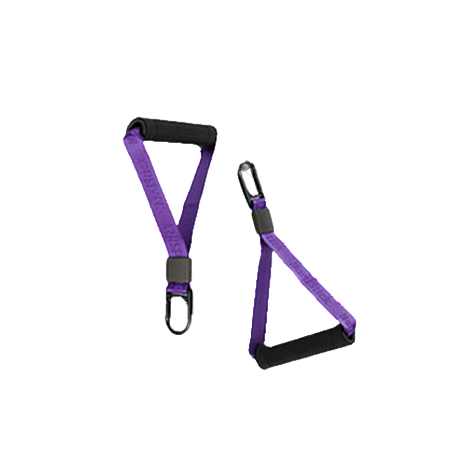
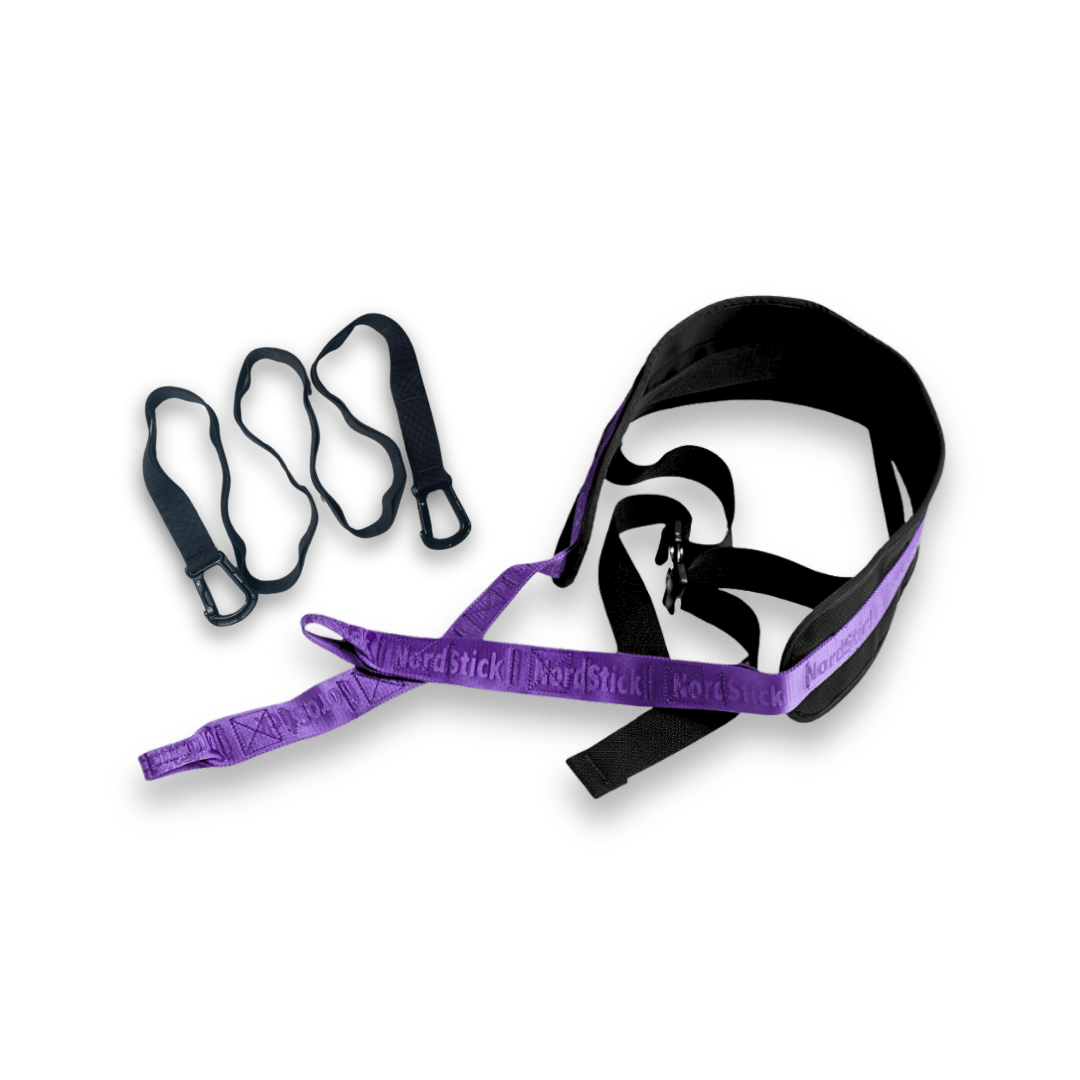











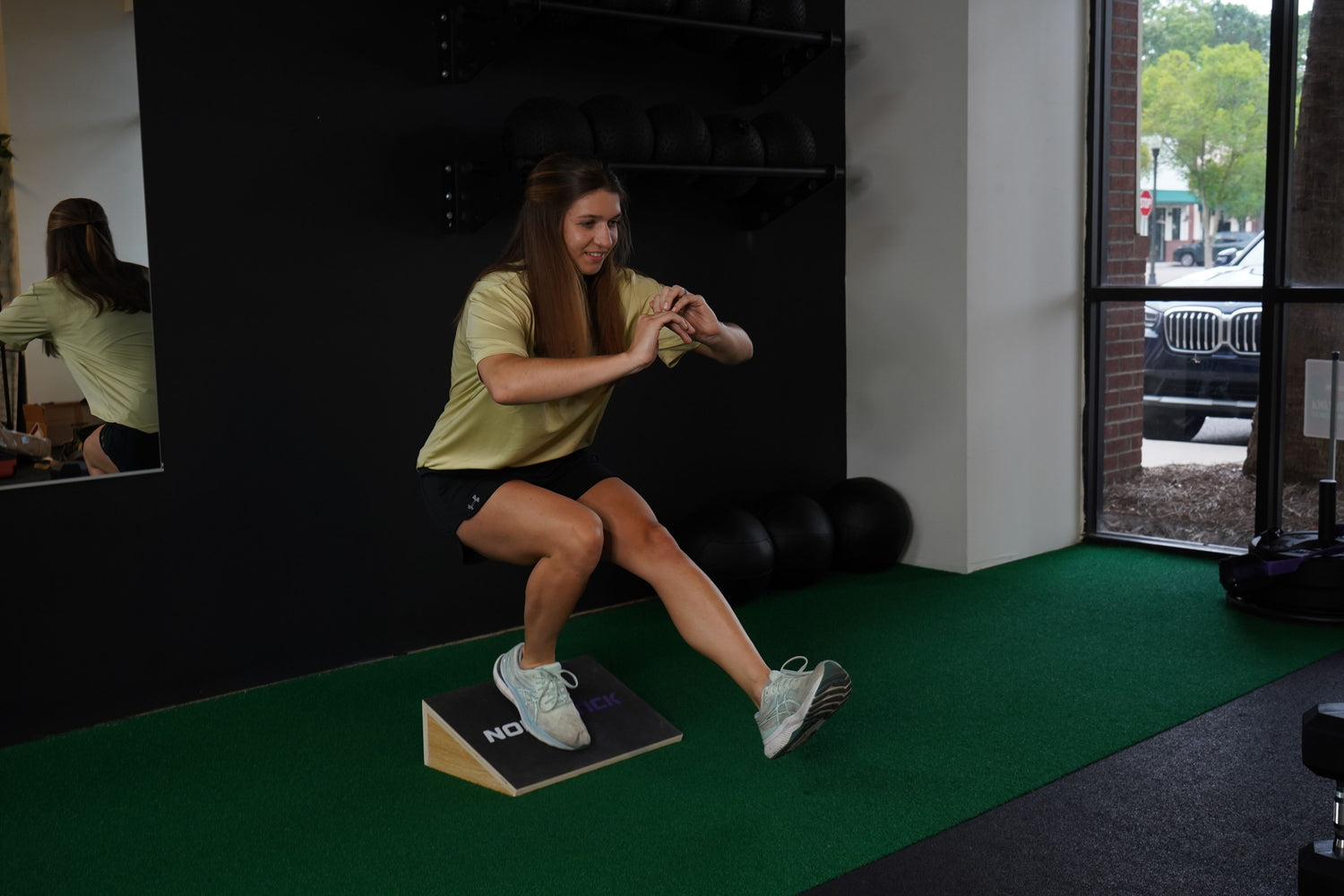
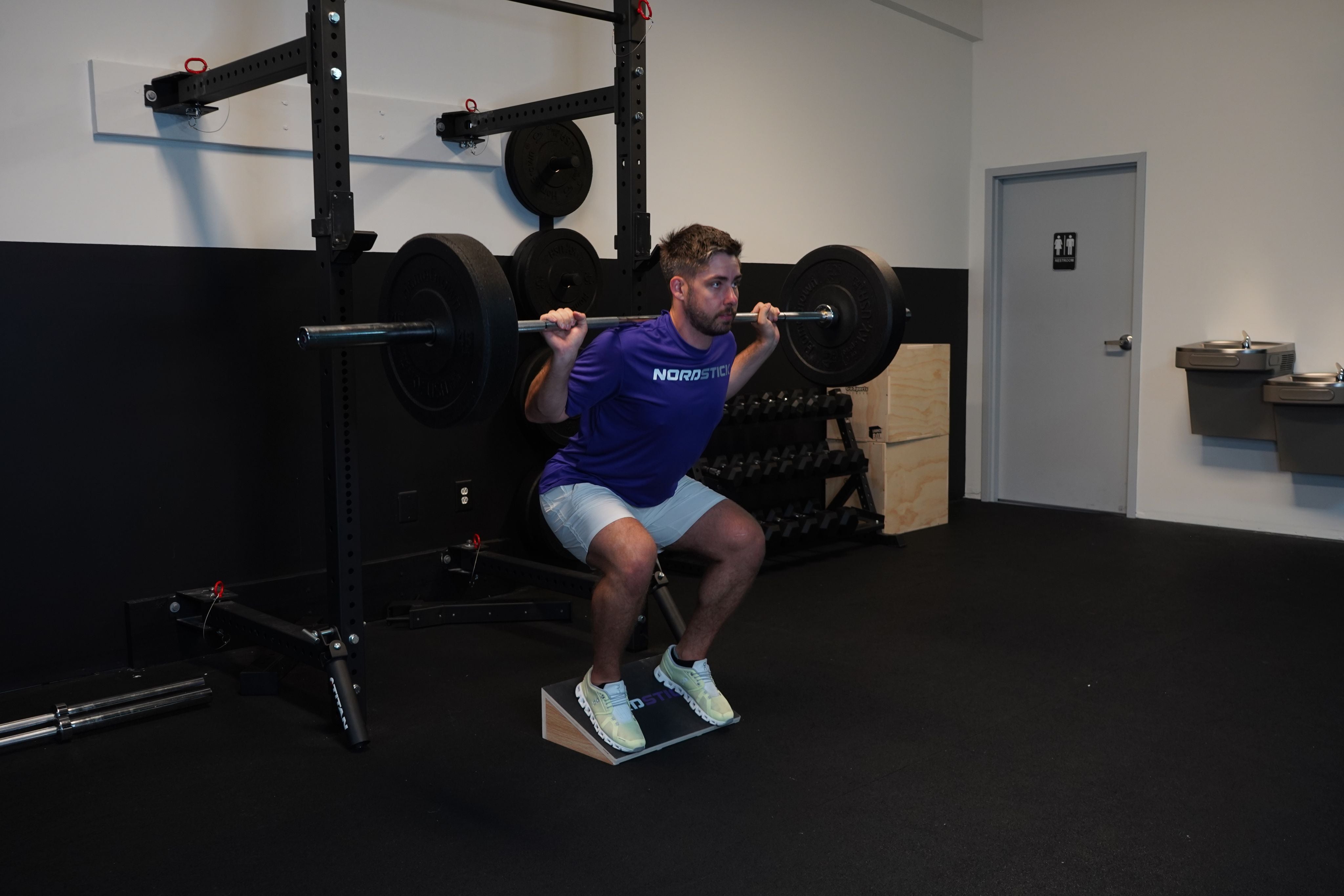
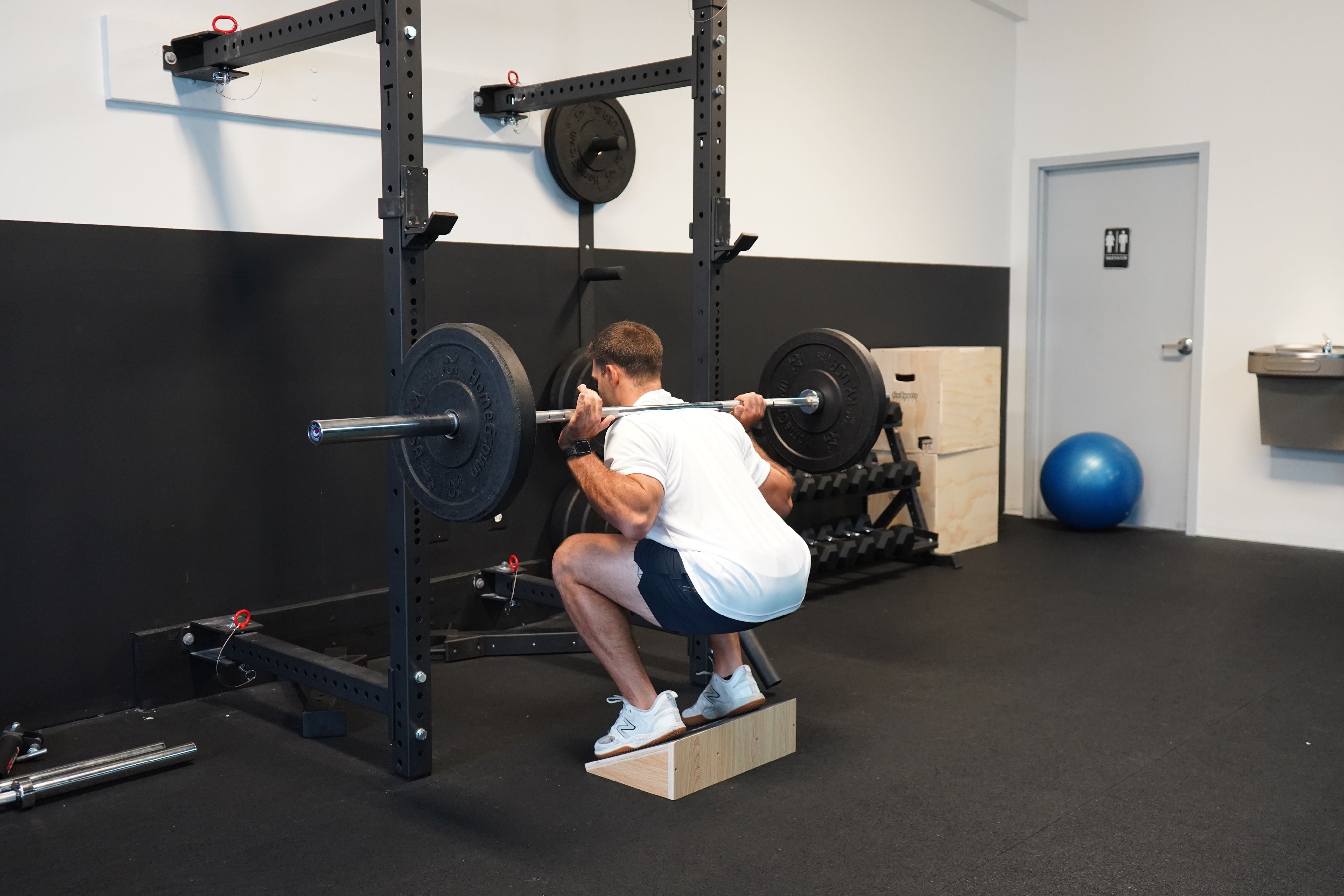
Leave a comment
This site is protected by hCaptcha and the hCaptcha Privacy Policy and Terms of Service apply.